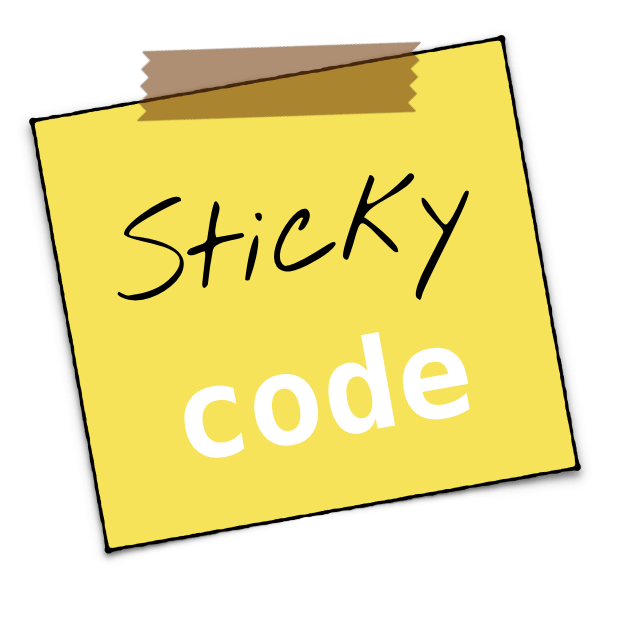There's a video above that you can check out which will give you a clear idea on how it is being used. Though, here's everything you might want to know more about it...
The plain area where all the sticky shapes are to be arranged is called "Canvas". To the right, there is a something called "Side Pane" where all options are located. Side Pane also contains all three basic sticky shapes, which are of same shapes that we use in flowcharts, named: Process Sticky (rectangle shape); Decision Sticky (diamond shape) and I/O Sticky (parallelogram).
To draw a flowchart...
● Drag and drop the appropriate sticky shape on the canvas.
● Double click the dropped sticky shape on the canvas to bring up a textbox. Write the instructions in it. For example, in case of proess sticky an equation like "a = b + 2" or "a = 12" or anything like that in a plain language. For I/O stickies as well you can write something like "print hello world" or something. It will automatically format those natural language text properly into a Swift code. It will detect whether the text is the part of string or a variable and will format a print statement accordingly.
● To connect the sticky shapes and define the flow between them, click on the "Define Flow" icon from the Side Pane. All the sticky shapes on the canvas will start to jiggle. Click on the first one from where the flowline begins and another one to where the flowline ends. If you clicked decision sticky for the first time, you need to select two other stickies, one if the condition is true. Another one if the condition is false. The flowline will be of green color for the true condition path and red otherwise.
● There should be one sticky connected with the start shape to determine the beginning of the program and there should be at least one sticky connected with the end shape. There should be no sticky that's hanging at the end of the flowchart. If it's the last sticky to be executed, it should be connected with the "End" shape.
● After creating a colourful flowchart of stickies, just click on the "Compile" icon from the Side Pane. This will process the flowchart and will open a code editor. Here, you can copy the code just with a click, paste it somewhere else and use it! Else, if you find something missing or just want to change it, you can edit it right there.

